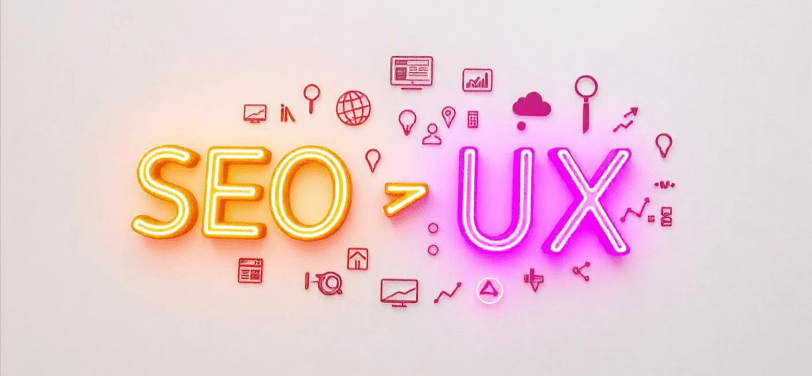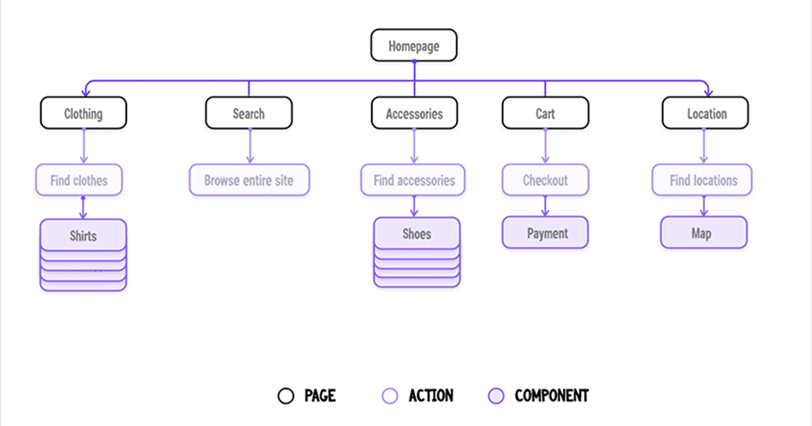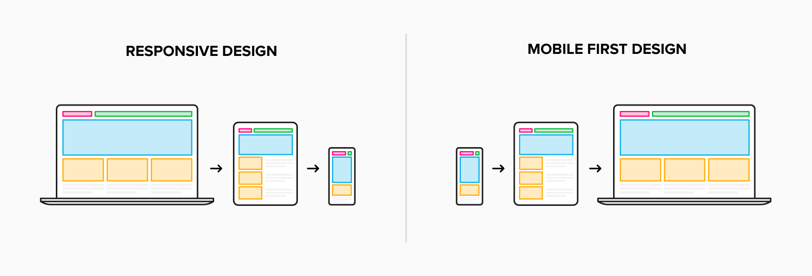The Intersection of SEO and UX: Why Both Matter in 2025


1. Google Now Prioritizes User Experience
Gone are the days of keyword stuffing and backlink farming. Google’s algorithm now evaluates how users interact with a site:
Do they find what they need quickly?
Do they stay and engage, or do they leave frustrated?
Does the site load fast and work well on mobile?
Metrics like bounce rate, dwell time, and Core Web Vitals now influence rankings. That means even the most SEO-optimized website won’t rank well if it delivers a poor user experience.
The worlds of SEO (Search Engine Optimization) and UX (User Experience) were once seen as separate disciplines. SEO focused on keywords and search rankings, while UX prioritized intuitive design and user satisfaction. But in 2025, the lines have blurred—Google now rewards websites that seamlessly integrate both.
If your website isn’t optimized for both search engines and real users, you're missing out on traffic and conversions. Let’s explore why SEO and UX are two sides of the same coin and how you can leverage both to grow your business.
2. Good UX Boosts SEO Metrics
When a website is easy to use, people stay longer and interact more. This sends positive signals to search engines, improving rankings. UX elements that enhance SEO include:
Fast loading speed (Google prefers sites that load in under 2.5 seconds).
Mobile-friendly design (over 60% of searches come from mobile devices).
Clear navigation and internal linking (helping users—and Google—understand site structure).
Readable and engaging content (keeping users engaged longer).
3. SEO Brings Users, UX Keeps Them
Think of SEO as the invitation to a party and UX as the experience of the party itself.
Great SEO brings people in through organic search.
Great UX ensures they don’t leave immediately.
A website that ranks well but is frustrating to use will see high bounce rates and low conversions—hurting both SEO and business growth.
1. Optimize Page Speed & Performance
Use Google’s Core Web Vitals to diagnose slow-loading pages.
Compress images, enable caching, and use a CDN (Content Delivery Network).
Avoid excessive animations and third-party scripts that slow down loading times.
2. Improve Mobile Experience
Adopt a mobile-first design approach.
Ensure buttons and links are easy to tap.
Test mobile usability using Google’s Mobile-Friendly Test tool.
As AI-driven search evolves, Google is getting better at understanding user intent and satisfaction. This means UX will play an even bigger role in determining rankings. Websites that provide frictionless, engaging experiences will dominate search results.
Bottom Line?
You can’t afford to focus on just SEO or UX—you need both. A well-optimized website isn’t just findable; it’s usable and enjoyable. In 2025 and beyond, the best-ranking websites will be the ones that put real users first.
Want to ensure your website aligns with both SEO and UX best practices? Let’s diagnose your design and optimize your digital presence!




3. Write for Humans, Not Just Search Engines
Focus on natural, conversational language rather than keyword stuffing.
Use clear headings and short paragraphs to improve readability.
Add interactive elements (like FAQs, accordions, and videos) to increase engagement.
4. Prioritize Intent-Based Search
Understand what users really want when they type a query.
Create content that answers their questions directly and quickly.
Use structured data (schema markup) to enhance search visibility.
5. Simplify Navigation & Information Architecture
Ensure menus are intuitive and well-organized.
Use breadcrumbs to help users navigate.
Reduce unnecessary clicks to improve user flow.





